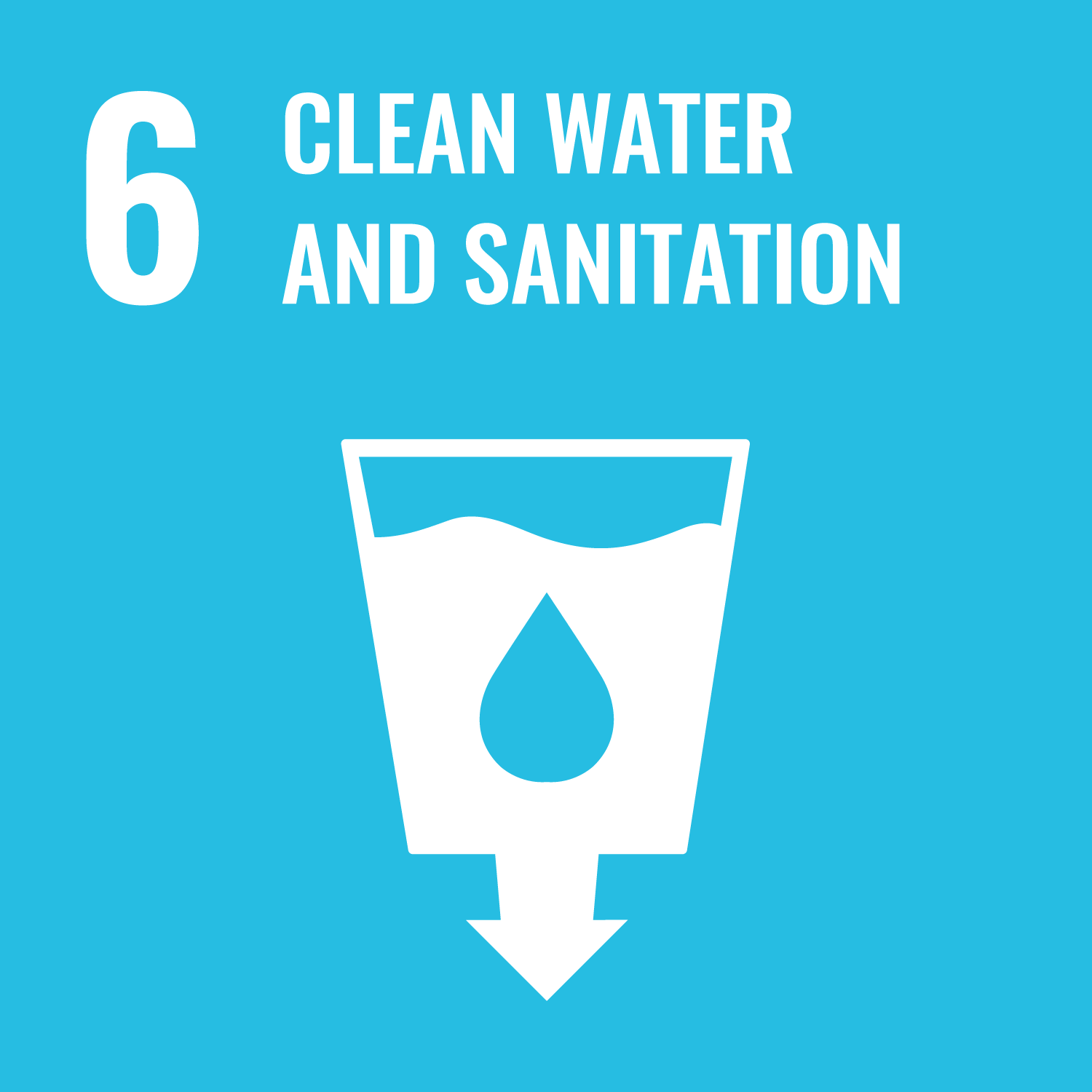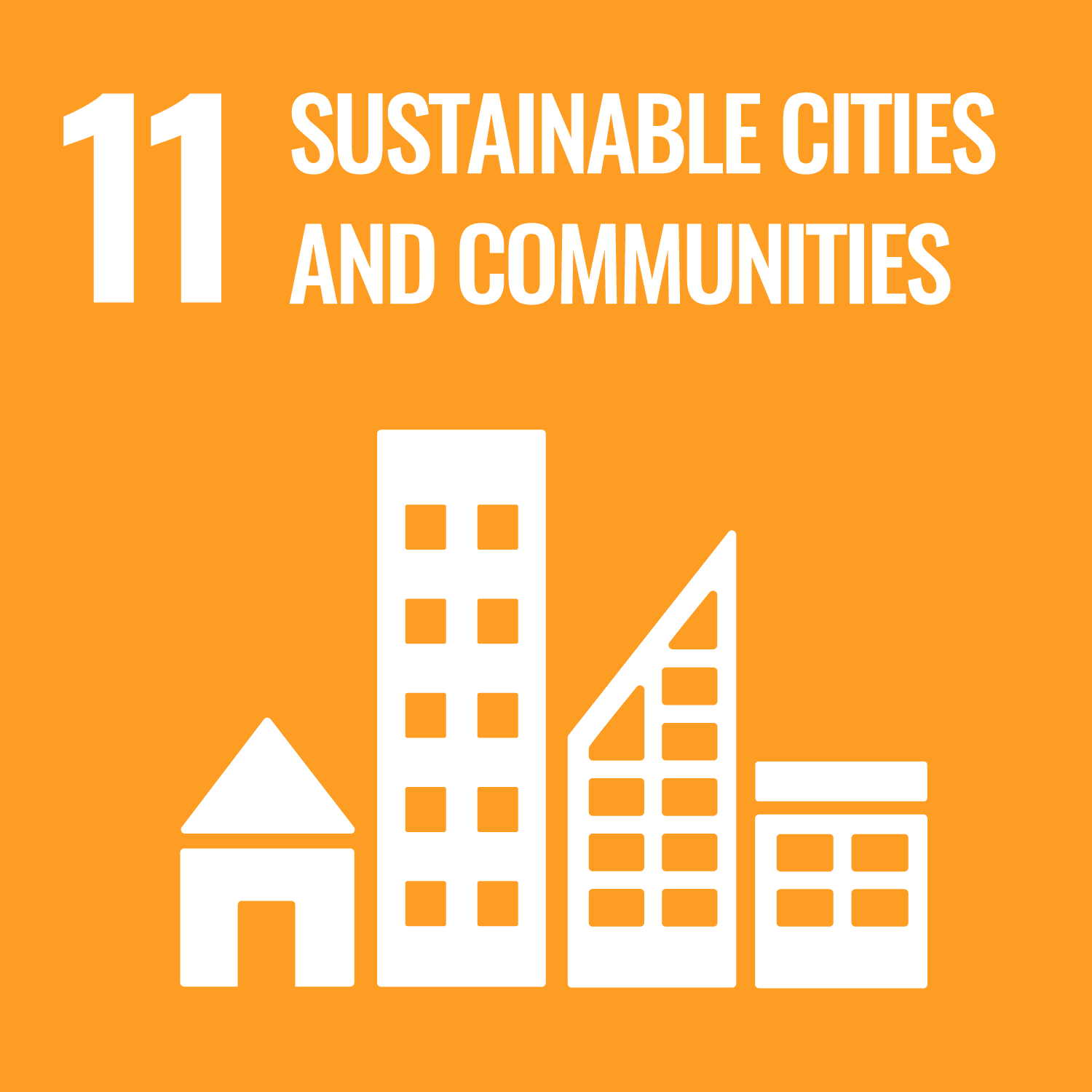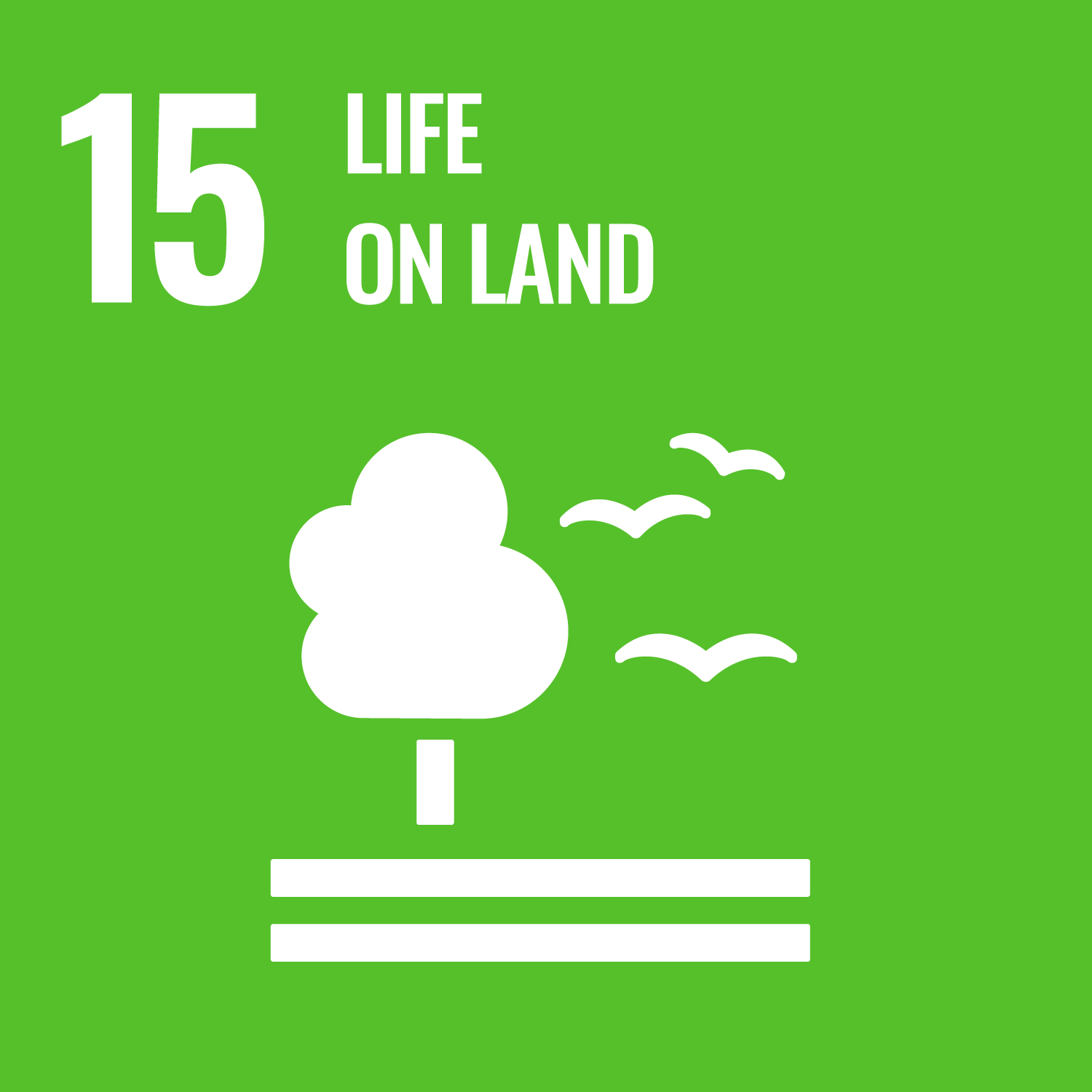ORCID
- William H. Blake: 0000-0001-9447-1361
Abstract
Floodplain wetlands in agricultural river basins provide critical ecosystem services such as nutrient retention, flood mitigation, carbon sequestration and ecological habitats and are a key component of a nature-based solution approach to restoration. In the context of the global challenge to reducing impact increasingly intensive food production on downstream ecosystems, restoration of wetlands in river floodplains offers a practical means for downstream retention and mitigation of P flux from upstream agricultural land. Data on short term, flood event related, accretion rates are, however, difficult to acquire via conventional monitoring yet such information is essential for restoration planning and scenario testing. Here, we evaluate a promising approach that applies naturally-occurring short-lived fallout radionuclide (FRN) 7Be as a tracer to quantify sediment and, by association, particulate phosphorus retention rates in restored floodplain wetlands. Following a series of major inundation events, a restored floodplain unit was sampled to determine 7Be inventories of the floodplain relative to an undisturbed reference site. This was undertaken in conjunction with direct measurement of sedimentation as an independent check of FRN results. Accretion rates up to 27 kg m−2 were recorded using 7Be for recent deposition events compared to a longer term annual average rate of ca. 6 kg m−2 derived from 137Cs measurements. While accretion rates varied spatially and temporally, there was excellent coherence between FRN-based measurements and direct measurements once rigorous correction for particle size effects on tracer properties had been undertaken. The study demonstrates the important contribution that FRN technology can make to support wetland management and restoration initiatives and the essential need for a systems thinking approach across the soil-sediment continuum. Such decision support tools will become increasingly important in the 21st century with growing anthropogenic pressure on aquatic ecosystems related to upstream food production, and implementation of more nature-based solutions such as restored wetlands to counteract these pressures.
DOI Link
Publication Date
2022-11-20
Publication Title
Hydrological Processes
Volume
36
Issue
11
ISSN
0885-6087
Acceptance Date
2022-09-07
Deposit Date
2023-02-17
Embargo Period
2023-11-20
Recommended Citation
Blake, W., Hoffmann, C., Poulsen, J., Taylor, A., & Kronvang, B. (2022) 'Quantifying sediment and particulate phosphorus accumulation in restored floodplain wetlands using beryllium‐7 as a tracer', Hydrological Processes, 36(11). Available at: 10.1002/hyp.14702






